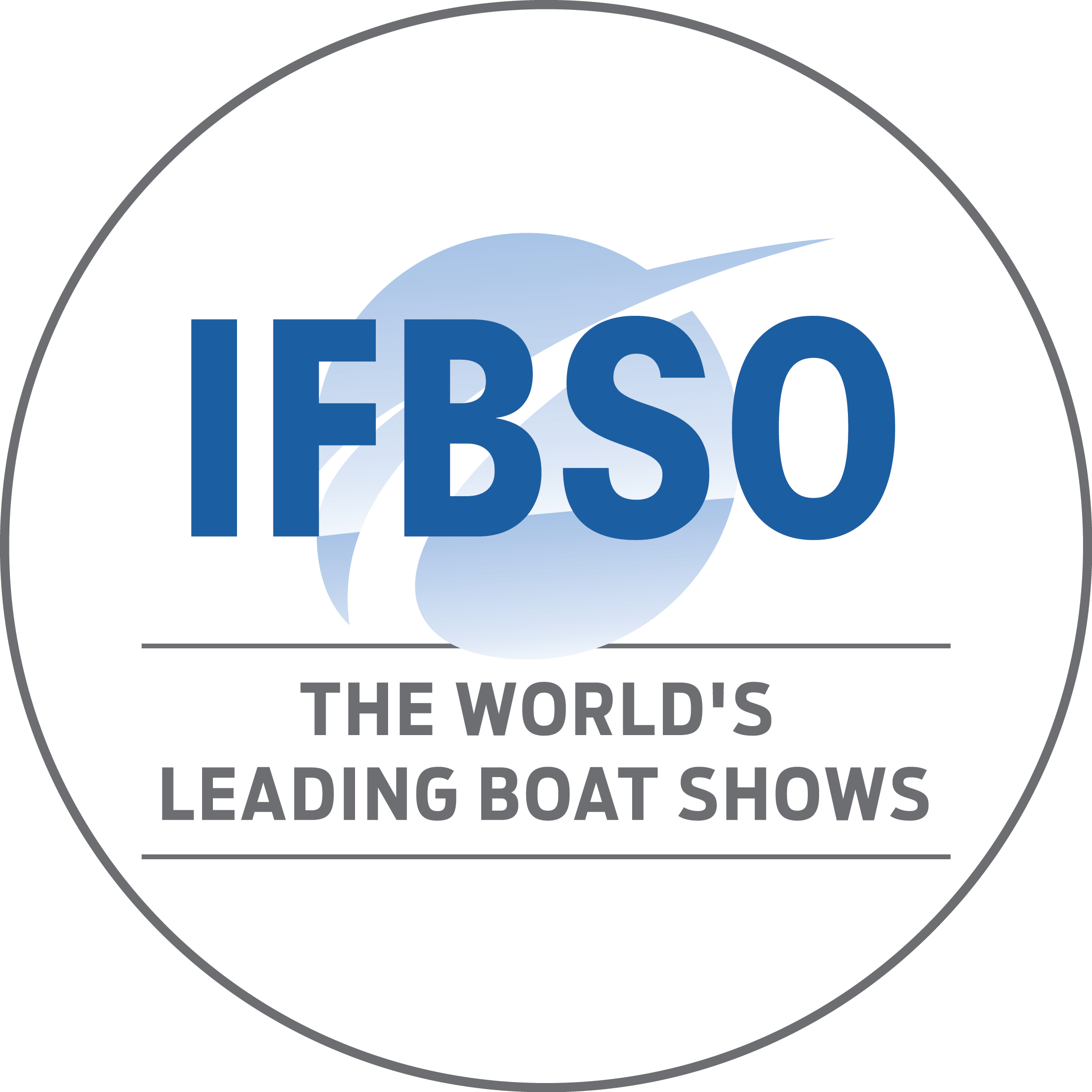Garmin’s president and CEO speaks with IBI on the strength of the aftermarket, accelerating product life cycles, and why a Steve Jobs approach works in marine

Few individuals in the leisure marine segment enjoy a level of perspective to match that of Garmin CEO Cliff Pemble. Hired by Garmin co-founder Dr Min Kao in 1989 as the company’s sixth employee, Pemble has served the firm in a range of capacities, from software engineer to vice president of engineering. He was named president and chief operating officer in 2007, then succeeded Kao as CEO in January 2013. Pemble has further served on the Garmin board of directors since 2004.
Garmin was a US$2.6bn company in 2013 when Pemble took the reigns as CEO. Today the firm’s annual revenues have effectively doubled to approximately $5.3bn. Over the same period, Garmin’s marine business has more than quadrupled, from a $221m segment in 2013 to a projected $1.05bn business in 2024. Along the way, and despite Covid shutdowns, wars and upheavals in global supply chains, Garmin’s marine business has marked 11 consecutive years of growth – a unique record of accomplishment in a notoriously dynamic business sector.
With Garmin celebrating its 35th anniversary this year, Pemble shared his thoughts on vertical integration, the benefits of accelerating product life cycles and how keeping things simple equates to success in the boating industry.
At a time when most companies in the leisure marine sector are facing revenue declines, Garmin reported a 26% year-over-year increase in marine revenues in its 2024 second-quarter earnings. What gives?
Our acquisition of JL Audio certainly contributed to those results, as JL reports as part of the marine division. But even excluding the JL acquisition, which is less than a year old in terms of our revenue cycle, we’re up about 5% year-to-date through June. That is different than the trends that we see overall in the marine market, and I feel like it can be attributed to a combination of things. We have a diverse set of products in our marine business, and we have a diverse set of end markets. We have everything from basic chartplotters and sounders for consumers up to large format, multifunction display systems sold into both OEM and aftermarket channels, where they’re used in retrofits performed by boat yards. So we offer every kind of technology between radar communication systems, electric motors, and autopilots. It is this diversity which really helps us outperform, because when one sector of the market faces softness, another sector tends to balance it off.
That’s something we’ve definitely seen in aftermarket versus OEM channels, for example. Historically when new boat sales slow, people tend to invest in upgrading the boat they already have, and electronics are a focus because the technology changes quickly and substantially.
What would be the split between Garmin’s aftermarket and OEM business right now?
We don’t break it out in specific numbers, but we often tell people that the majority of our marine business is in the aftermarket and that’s simply a reflection of the sheer number of existing boats that are out there and in service. I received a text from my brother-in-law over the weekend, who was vacationing in Ireland and went on an old boat that was fitted with Garmin equipment. He made the joke that the boat was from the ‘90s, and then later he said it’s actually the 1890s. But that really illustrates the point in a dramatic way, that boats are long-lasting assets and they need to be upgraded from time to time, making aftermarket the largest opportunity.
Does the strength of that aftermarket channel factor into how new equipment is designed?
To a point, but that depends on what the equipment is. Most products are general enough in scope that they can be easily sold into either channel, and installed by the boatbuilder or retrofitted to an existing boat by the owner or by an installer at a service shop. That’s because in either case, ease of installation is extremely important. But there are some products which are more suited towards the OEM business, with digital switching being a great example. Retrofitting that level of automation and capability into an existing boat would be relatively complex, and certainly easier to implement if the boat was designed with digital switching in mind from the outset.
Focus on making a great product that makes you happy, because it’s a sure bet that other people out there will like it too
How is that aftermarket channel looking right now in terms of inventory levels?
For us it’s very good. We were able to maintain comparatively smooth delivery through the pandemic, and nothing got really backed up in terms of products. Our company operates with a high level of vertical integration, so we are able to respond quickly and be very agile when it comes to our supply chain and our manufacturing, and that helped us keep supply going during the pandemic and allowed us to avoid a lot of the problems that some other companies experienced.
Looking forward, what are some of the things that you watch for in trying to understand evolving market trends?
Businesses have to manage through all sorts of external factors that can impact market projections, from economic catastrophes to wars and all sorts of other things that affect consumer confidence. Probably one of the most dissatisfying things is when technology or innovation is applied against you and disrupts you from the market. And so consequently, you always have to be thinking about how new, emerging technology could be deployed, how will customers use it, and what kinds of products would they like to have. Those considerations mark the path for future opportunities, so you have to stay on top of it.
Is that rapid, relentless technological advance impacting product life cycles? It seems like the old model of developing a winner then milking it for years as a cash cow are over.
There’s some truth in that. The level of change that’s taking place in technology is absolutely accelerating the life cycles of products, but I feel that’s a really great thing because it brings continuous change to the market. It drives innovation and new product development, and creates a more dynamic environment for everyone. After all, it’s always new product that drives sales.
I think marine segment products probably have a longer life than what we see in other market segments, but they’re still abbreviated from what they were years ago. Where in the past it wouldn’t be unheard of to have a product life cycle in the five to 10-year range, today it’s more like three to five years. As display technologies and microprocessor technologies advance with greater capability, more and faster memory, better maps and increased connectivity, it creates churn in the product roadmaps and results in more offerings.
So that has to have ramifications for the R&D spend.
R&D spending is important, and we do have a very strong commitment across our business for more R&D development. But we want to do most everything in terms of our products and product opportunities, and so we invest heavily even when the economy is down. When others are backing away, we lean in and do even more.
So how do you balance product life cycles? It’s great to always have new tech coming to market, but there’s also an obligation to fully monetize the previous generation and fully recoup development costs.
I’m an engineer, so I would tend to follow what the engineers say. If they come out with a great new exciting thing and everyone’s going to want it, then you have to look at the strength of the two opportunities – you introduce it and perhaps obsolete an existing product, or you hesitate and lose that first-to-market advantage. Of course the boatbuilders have their own cadence, and fitting our products to their manufacturing cycles is very, very important. But we’ve always found that when we have new, fresh offerings that we can bring to them and the products are legitimately exciting, then everyone benefits.
It sounds a bit like the Steve Jobs approach, and the belief that buyers only realise they need a given thing after someone shows it to them.
I think Livescope is a great example of that. That was an engineer’s idea, and it came along at a time when not much was happening in sounder technology. When people saw it they just had to have it, and it changed the game completely.
We invest heavily even when the economy is down. When others are backing away, we lean in and do even more
We listen very carefully to what our customers say in the feedback they provide us, whether it’s directly through our own product support centres or at trade shows, or when sitting in the conference rooms with our boatbuilder and retail partners. That’s really, really important.
What’s also really important for us is that a lot of our people have their own boats and they’re out on weekends using the equipment, and thinking about what we can do differently. That combination of understanding emerging technologies, understanding our internal product road maps, and understanding the challenges faced by end-users and the opportunities to make their experience better come together, and enable us to create products that customers really love.
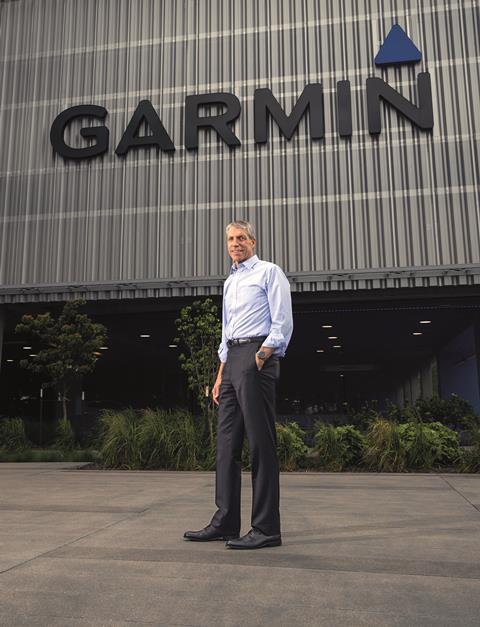
Garmin’s made a number of key acquisitions over the last couple of years. Is acquisition the best way to grow the business in this environment?
It’s certainly one way to do it. In the case of JL Audio, that brand has always been known as a premier name and they have unique technologies around their speaker designs and amplifiers, so it made a lot of sense to complement our overall presence in the audio segment and extend our offering beyond the Fusion line which we already had. Each of those brands has its own focus in the market, so they complement one another nicely. So that’s an example of acquisition delivering a unique value. But we still invest a lot in our own product development and in creating new product categories ourselves. It fits with our focus on vertical integration.
We like vertical integration because it allows us to closely control the product quality. It allows us to be very agile when it comes to disruptions, as was demonstrated during the pandemic. When you’re vertically integrated, you can implement a new design around an alternative component, you can introduce that into your factory and then get the product flowing again much more quickly than if you’re more reliant on partners that are outside of your direct control. Being vertically integrated allows you to be more efficient in your sourcing, and better manage your efficiency on the production floor as well. We have high levels of automation in our factories, and we focus on the latest technologies in that environment so that we can build our products efficiently in a particularly high mix environment. We build lots of things across our businesses, so that is a very important consideration.
How does that work in a business environment that seems to be increasingly moving toward production in-market?
Vertical integration is an important part of our business, but of course you never want to have all of your eggs in one basket, to use that phrase. There will always be elements beyond the direct control of any business. The tariff situation between the US and China is a great example of something that was particularly difficult for companies manufacturing there. We have one facility in China, but it is one of 10 located around the world, including three factories here in the US, four in Taiwan, and two in Europe. So we can be agile in how we move products around, particularly in Taiwan where those factories are all set up with the same technologies. Because Taiwan has not been the subject of the same tariffs that China has, we’ve really been ideally situated to be able to manage it.
If you could go back in time and meet yourself at the beginning of your career, what piece of advice would you give yourself?
That’s an interesting thought because the world has changed so much in that time. Back then technology and engineering were different, and the world hadn’t yet become a gadget-driven electronics marketplace like what it is today. But we were right on the threshold of that.
Back then, product requirements were written by non-engineers, and then engineers worked to implement those ideas. This required multiple iterations that would take place because you could never imagine how things should work in a product until you actually build it, and then you realise it needs to be changed or it needs improvements.
When Garmin was founded, we didn’t have product focus groups. We were just engineers trying to make a great product, but we always wondered if we were making the right product. That quickly changed after we realised that we were participants in the markets ourselves, because we were young and we enjoyed active lifestyles. We had boaters on our team, and we had pilots, myself included. And we all began to realise that if we concentrated on making products that we would love to use, then we would probably be successful.
So my advice to a younger version of myself – or to anyone starting out – would be to have confidence in your instincts. Focus on making a great product that makes you happy, because it’s a sure bet that other people out there will like it too.
Garmin’s marine business has more than quadrupled since 2013 when Pemble was named CEO

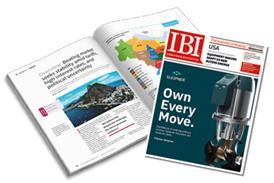
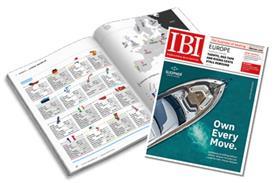
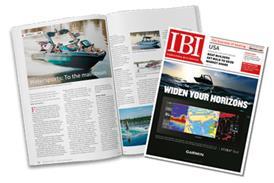
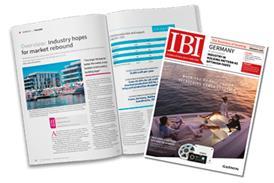

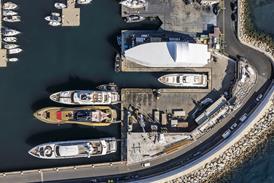
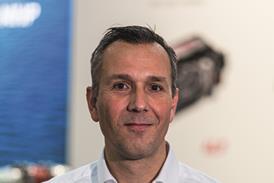
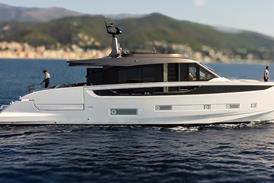

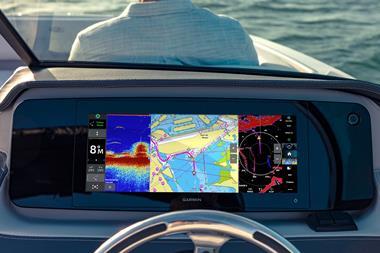
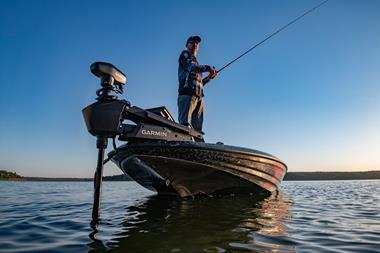
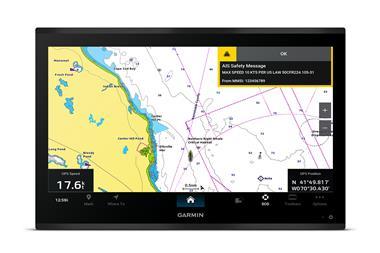
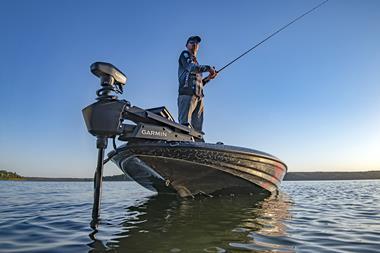
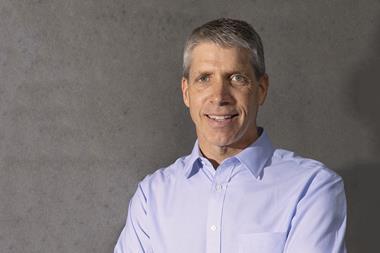
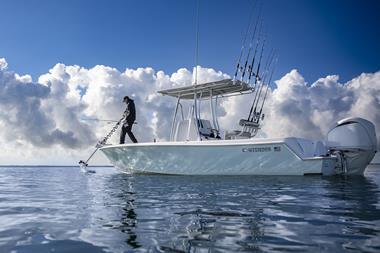
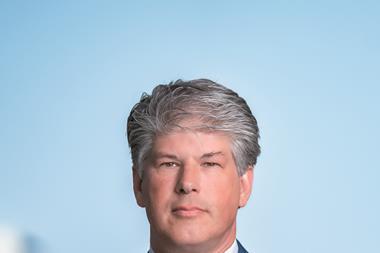
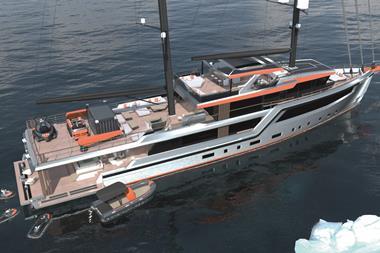


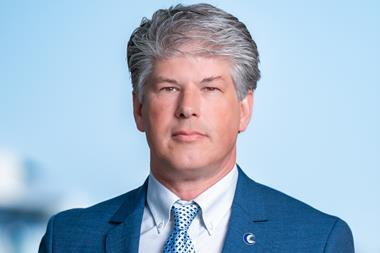

 LinkedIn
LinkedIn X / Twitter
X / Twitter Facebook
Facebook Email us
Email us


